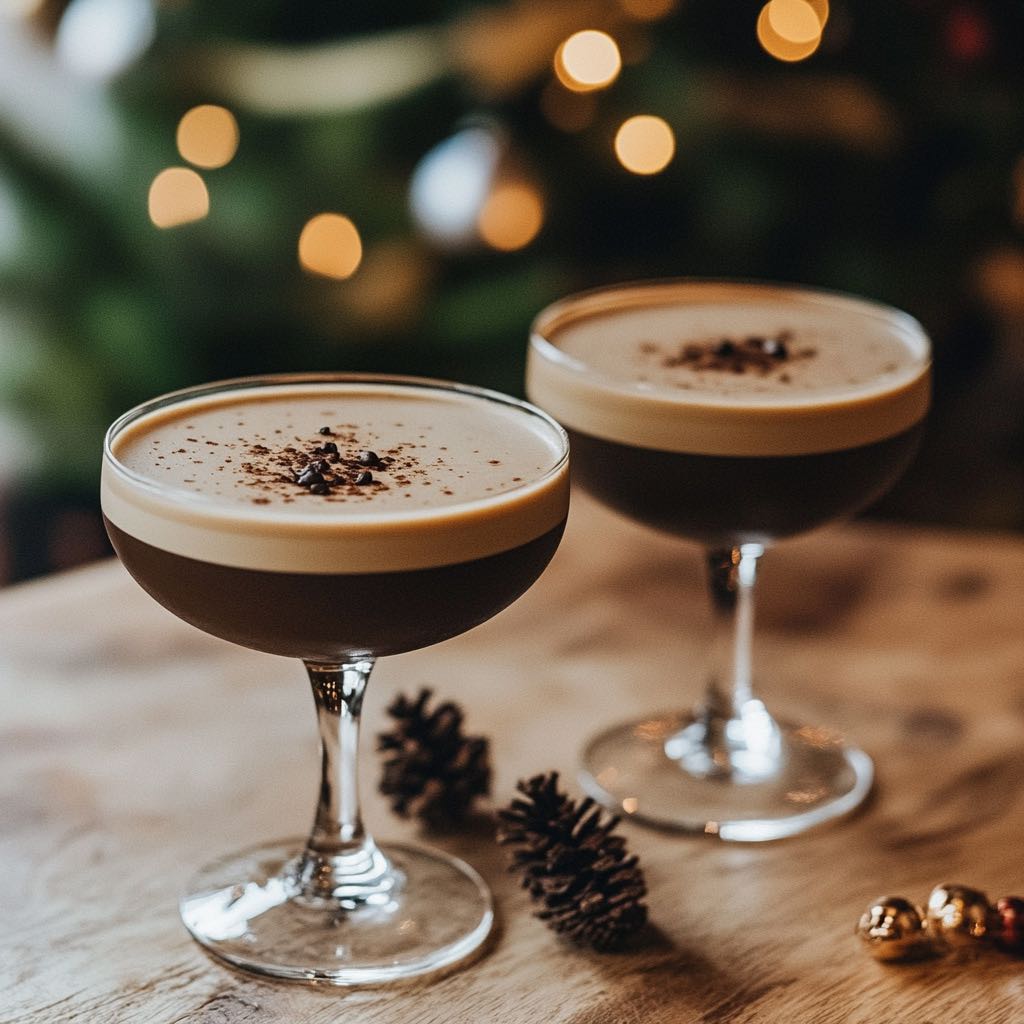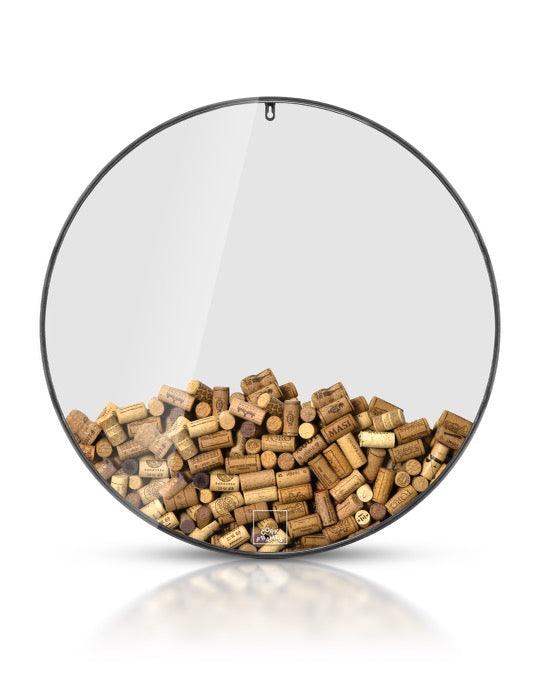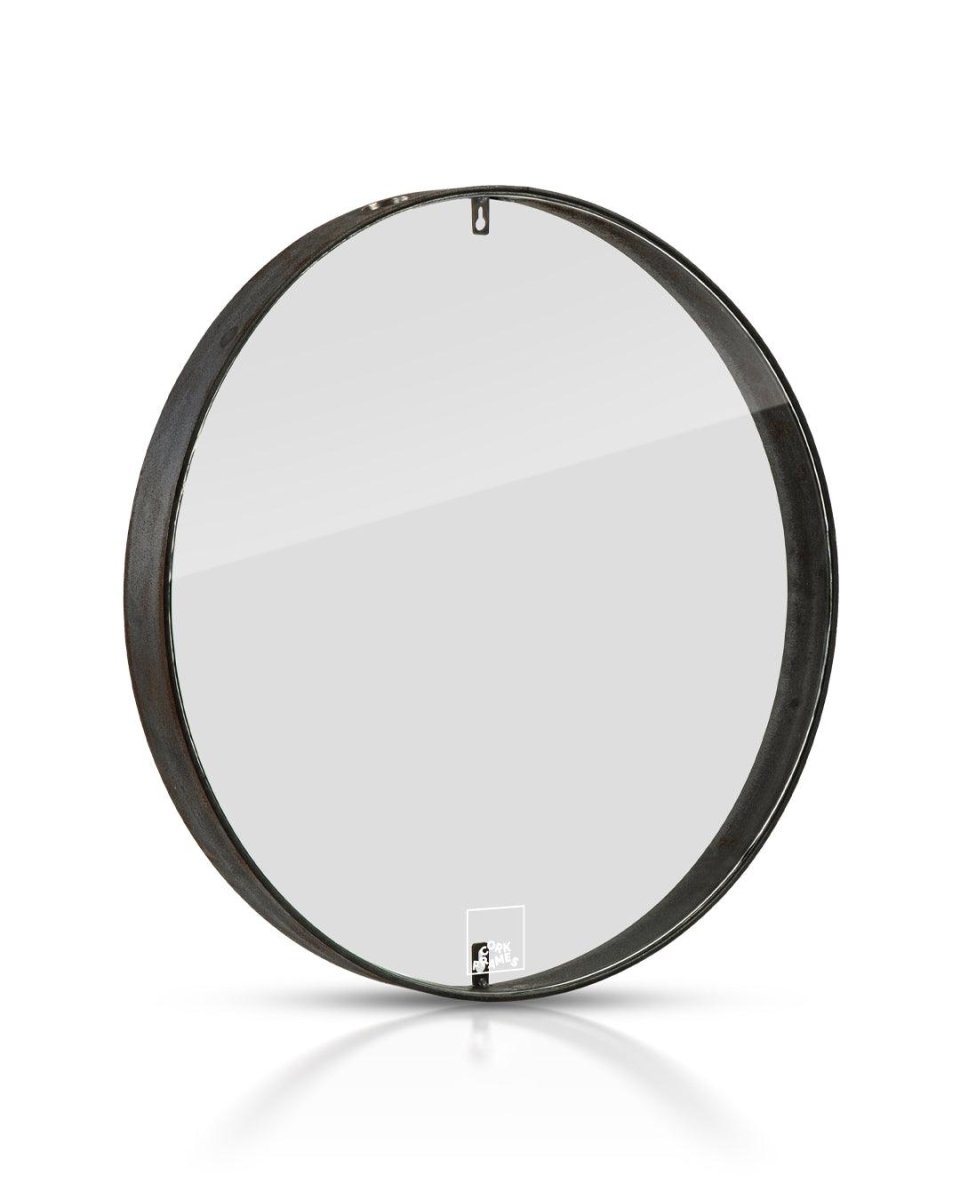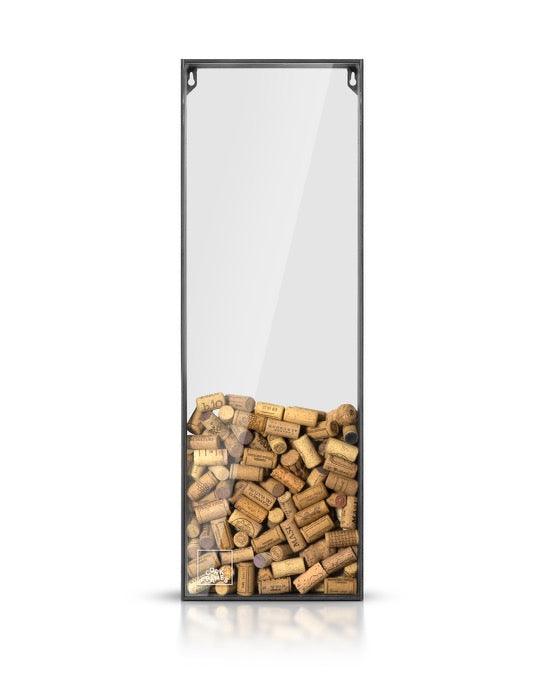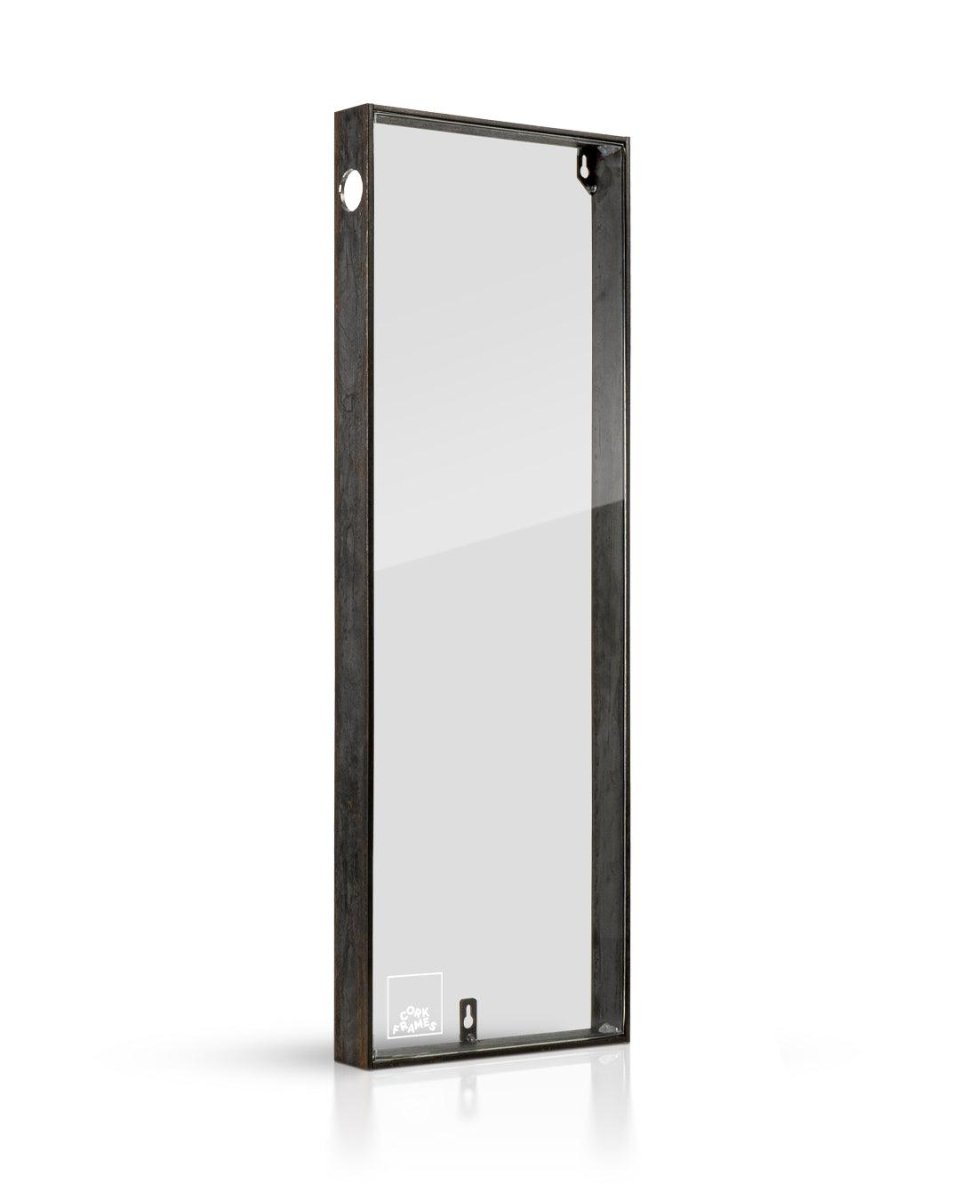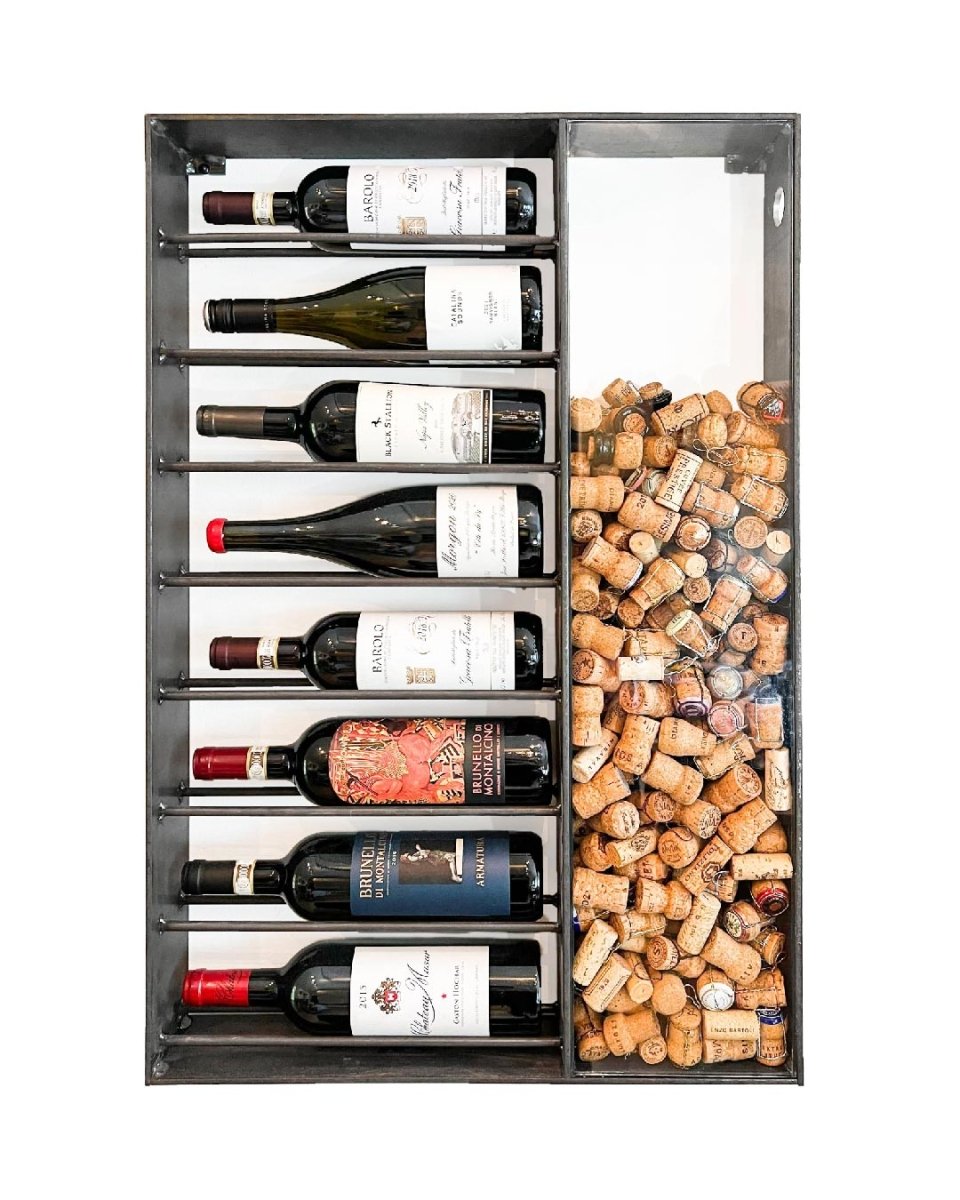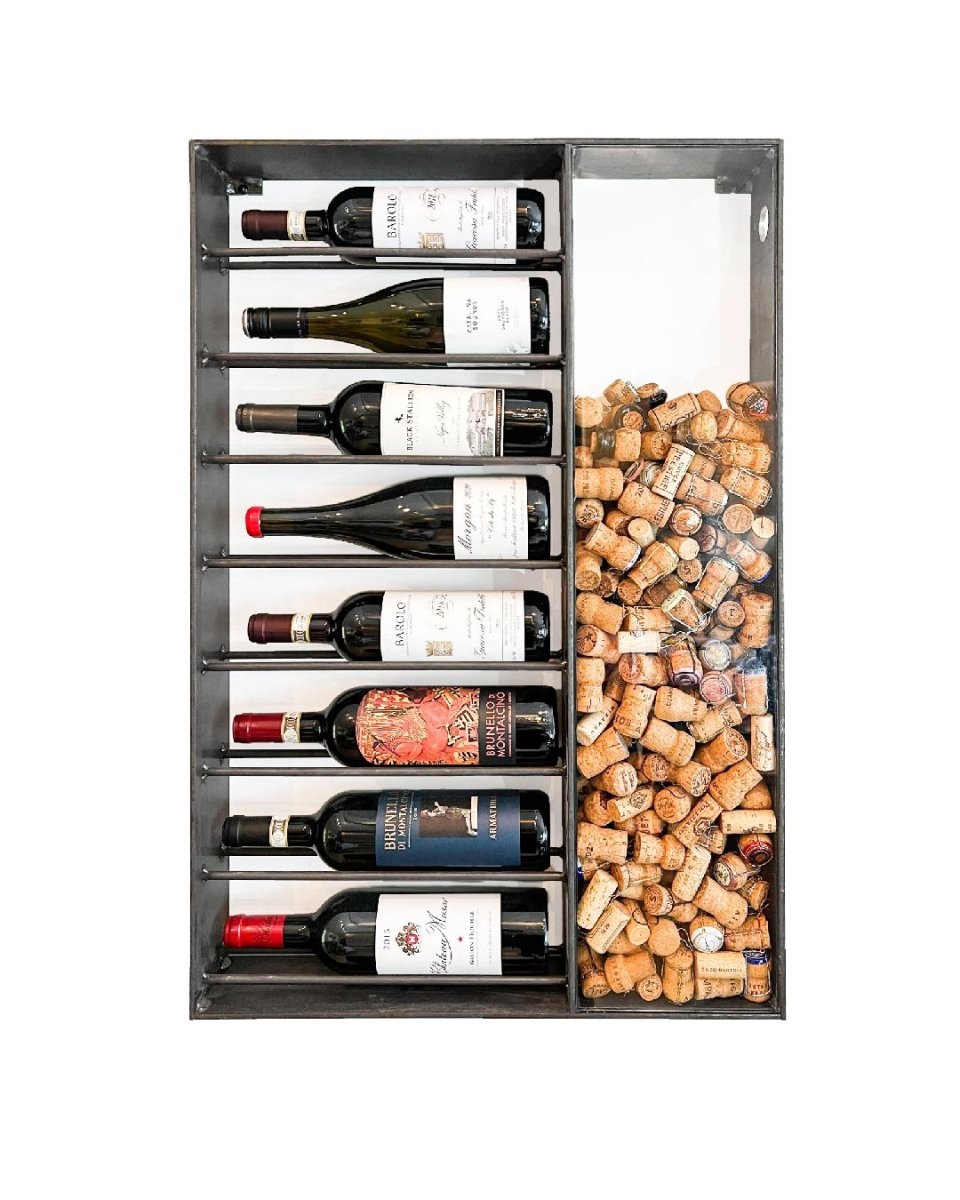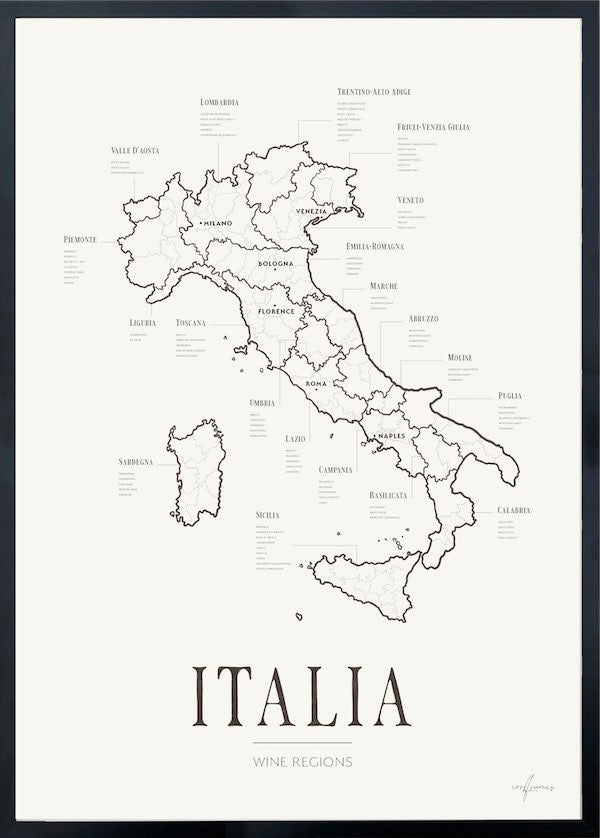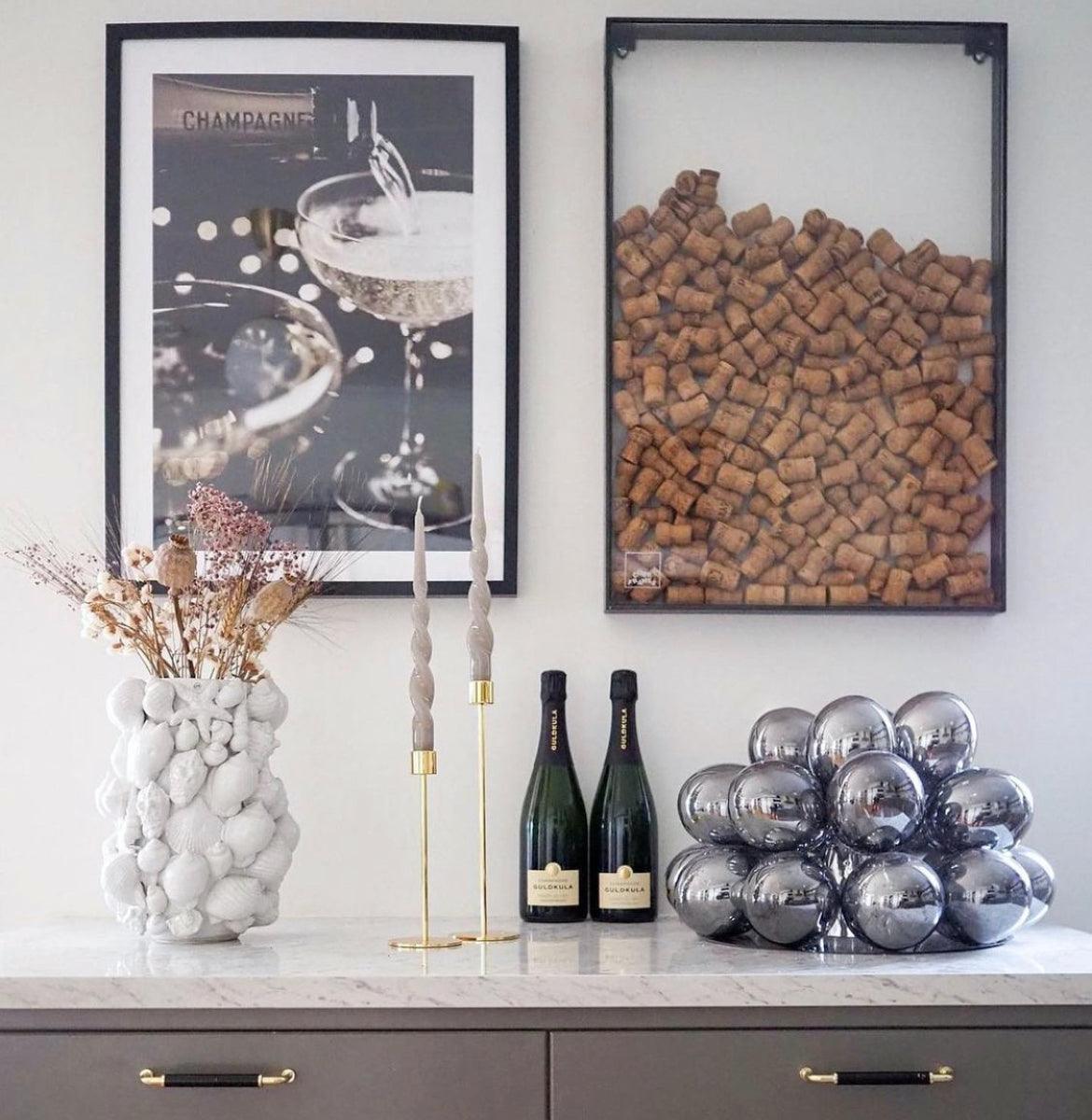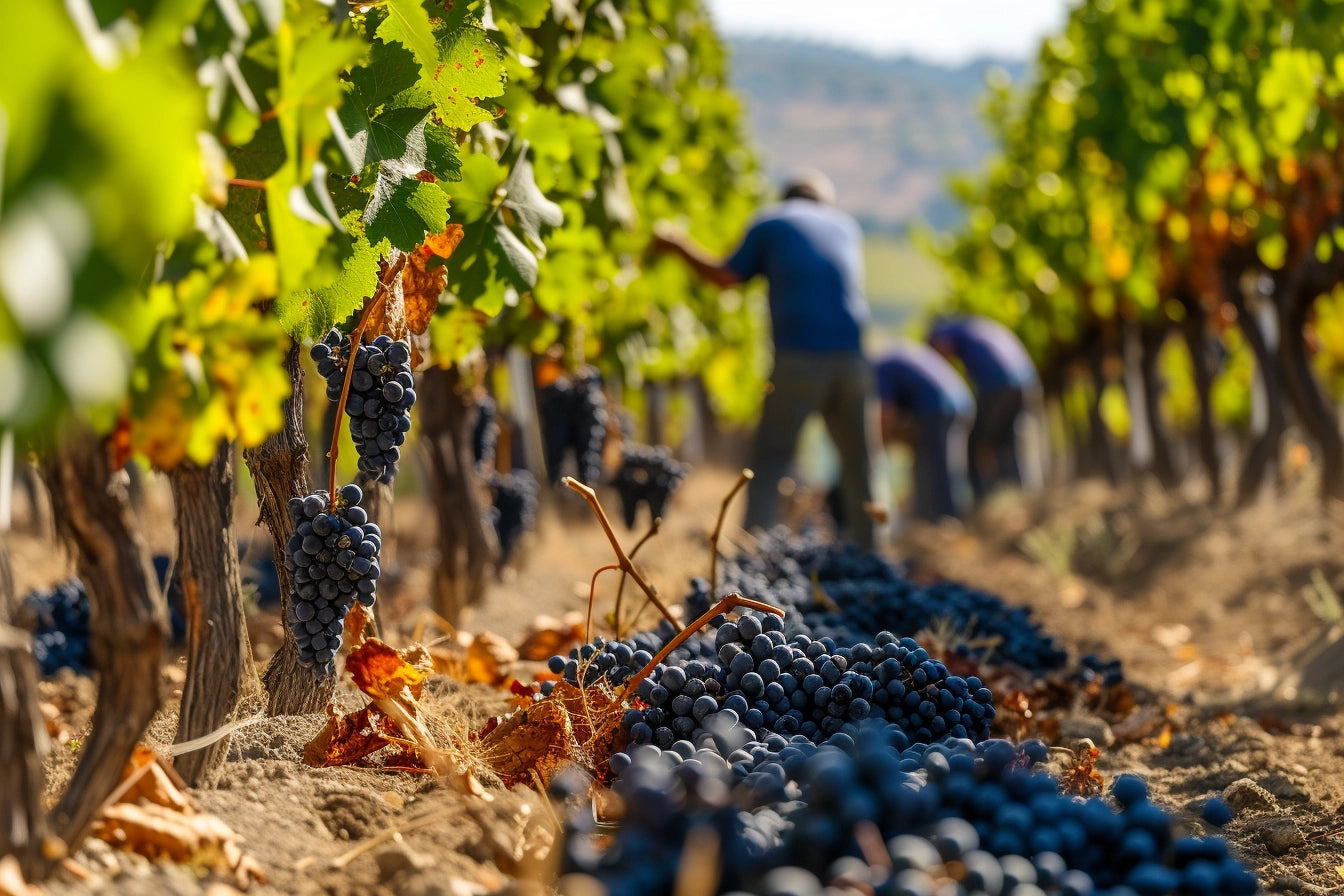Tea is a beverage with a rich and fascinating history, but few teas can compare to the mythical and almost legendary status of Pu’er tea. This Chinese tea is not only renowned for its unique flavor, but it is also considered one of the most expensive teas in the world.
With a sense of exclusivity and tradition that parallels Champagne in the world of wine, Pu’er has become the tea world's answer to luxury and elegance. Its history, aging process, and collectible value make it a drink celebrated and admired by connoisseurs worldwide.
What is Pu’er Tea?
Pu’er (sometimes spelled Pu’erh) is a specific type of fermented and aged tea from Yunnan Province in southwestern China. Unlike other teas, Pu’er undergoes a fermentation process that can last for several years, sometimes even decades. This unique process gives Pu’er its distinctive taste and character, much like how Champagne derives its unique quality from both its aging and origin. Pu’er tea is typically divided into two main types:
-
Sheng (raw) Pu’er: This is the traditional variety, where the tea is naturally fermented over time. Like a fine vintage wine, this tea can be aged for many years, developing more complexity as it matures.
-
Shou (ripe or cooked) Pu’er: Introduced in the 1970s to speed up the fermentation process, Shou Pu’er undergoes an artificial fermentation method similar to composting, allowing the tea to reach a mature and drinkable state more quickly.
Flavor and Aroma
Just as Champagne can have varying flavor profiles depending on the production method and aging time, the taste of Pu’er tea also varies. Known for its complex, earthy characteristics, it can also have fruity and floral notes, particularly in younger Sheng Pu’er. Over time, the tea develops deeper, more mature flavors, which can include leathery, woody, and sometimes subtly sweet aromas. Shou Pu’er, on the other hand, has a richer and darker flavor profile with notes of earth, cocoa, and ripe fruits.
Why is Pu’er So Expensive?
The price of Pu’er tea can vary greatly, but some aged Pu’er teas sell for tens of thousands of dollars per kilogram, reminiscent of the high prices that certain bottles of exclusive Champagne can fetch. Here are a few reasons why Pu’er is one of the world’s most expensive teas:
-
Aging Process: Just like vintage Champagne, Pu’er improves with time. It can be aged for decades, and the older the tea, the more complex and sought-after it becomes. Some Pu’er examples have been aged for over 50 years, making them incredibly rare.
-
Origin and Tradition: Genuine Pu’er comes from Yunnan Province, which serves as its equivalent to Champagne's strictly defined geographic region. The unique climate and terrain of this region contribute to the tea’s special qualities, and the long-standing tradition of tea cultivation in Yunnan adds to its exclusivity.
-
Quality and Production: Pu’er tea is produced in small batches, and its production is labor-intensive. Only the finest leaves from old tea trees or wild tea plants are used, which further drives up the price. Like Champagne, it’s about finding the right balance between tradition, technique, and nature’s influence.
-
Collectible Value: Just as wine collectors seek rare vintages, many tea enthusiasts view Pu’er as an investment. There is an active market for rare and aged Pu’er teas, and some examples have sold for hundreds of thousands of dollars at auction.
The World’s Most Expensive Pu’er Tea
The most expensive Pu’er tea ever sold was a 357-gram cake of tea from the Qing Dynasty (1736–1796), which was auctioned for over 1 million yuan, approximately 1.3 million Swedish kronor. This exemplifies how Pu’er’s history, age, and rarity make it a valuable collector’s item.
How to Enjoy Pu’er Tea
Drinking Pu’er tea is a ceremonial experience, much like savoring a fine glass of Champagne. Many tea enthusiasts use a traditional Chinese tea set called Gongfu Cha, where small amounts of tea are brewed in multiple rounds to fully appreciate the tea’s intricate flavors. Just like different vintages of Champagne, each infusion of Pu’er reveals new tastes and aromas, creating a multi-dimensional experience.
To brew Pu’er tea, it’s recommended to use short infusion times with hot, but not boiling, water. The first infusions are often brief, while later brews may steep for longer to fully release the tea’s depth of flavor.
Pu’er Tea – A Beverage That Ages with Elegance
Pu’er tea has earned its reputation as the Champagne of the tea world, not only because of its high price but also due to its complexity, aging process, and symbolic value. It is a tea that ages with dignity, becoming more nuanced and refined over time—much like the finest bottles of vintage Champagne.
For those seeking a drink beyond the ordinary, Pu’er tea offers a sensory journey through time and culture. If you’re a wine or Champagne lover who appreciates aging and depth in a beverage, there’s much to explore in the world of Pu’er. It’s a drink celebrated for its exclusivity and rich history—and it will likely continue to captivate and intrigue tea enthusiasts for many years to come.



